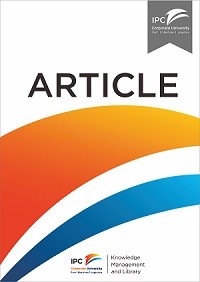Article
The optimal ship sizes of container liner feeder services in Southeast Asia: a ship operator's perspective
Deploying containerships with increasing carrying capacities in achieving better capacity utilization has been well-documented. However, ship operators often face the problem in deploying containerships with the right size, especially given the capital-intensive nature of container liner shipping, which would lead to substantial implications if inappropriate ships were used. While studies on optimal ship size exist, focus has mainly been on ship operation cost while its implications on other components, or whether there are adequate demands to load the ship, are often not considered. Moreover, while many studies focus on trunk routes, feeder services, despite its parallel significance in a hub-and-spoke shipping network, are often overlooked. Understanding such deficiency, using intra-Southeast Asian feeder liner services as the case study, this paper has undertaken an investigation in simulating the optimal containership sizes from the perspective of ship operators. Through questionnaire survey and economic modelling, analysis focused on whether the perception of industrial players matches simulated results. This paper should play substantial impacts by enabling ship operators to develop better ship deployment strategies through providing an invaluable insight into the feeder market within this increasingly important region, as well as providing a well-developed methodology for maritime researchers in ship size modelling in other regions with potentially different shipping networks.
Ketersediaan
Informasi Detail
- Judul Seri
-
Maritime Policy & Management: The flagship journal of international shipping and port research
- No. Panggil
-
ATC LO KOI t
- Penerbit
- Singapore : ., 2008
- Deskripsi Fisik
-
26 p.
- Bahasa
-
English
- ISBN/ISSN
-
1464–5254
- Klasifikasi
-
LO
- Tipe Isi
-
-
- Tipe Media
-
-
- Tipe Pembawa
-
online resource
- Edisi
-
VOL. 35, NO. 4, 353–376
- Subjek
- Info Detail Spesifik
-
-
- Pernyataan Tanggungjawab
-
Adolf Koi Yu Ng
Versi lain/terkait
| Judul | Edisi | Bahasa |
|---|---|---|
| External constraint on scheduled container liner shipping operations | vol 28 | en |
| Container liner shipping, port development and competition | Vol. 13 Iss 4 pp. 401-446 | en |
Lampiran Berkas
Komentar
Anda harus masuk sebelum memberikan komentar

 Karya Umum
Karya Umum  Filsafat
Filsafat  Agama
Agama  Ilmu-ilmu Sosial
Ilmu-ilmu Sosial  Bahasa
Bahasa  Ilmu-ilmu Murni
Ilmu-ilmu Murni  Ilmu-ilmu Terapan
Ilmu-ilmu Terapan  Kesenian, Hiburan, dan Olahraga
Kesenian, Hiburan, dan Olahraga  Kesusastraan
Kesusastraan  Geografi dan Sejarah
Geografi dan Sejarah